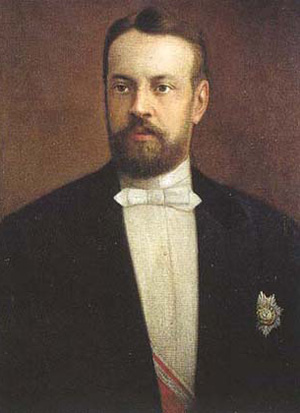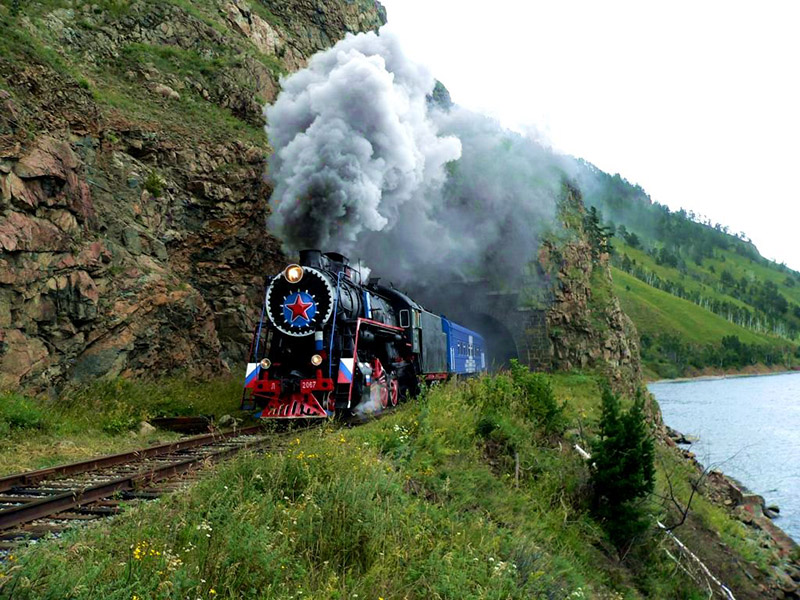The Trans Siberian Railway
Nikolay Muravyov-Amursky, Sergei Witte and the Russian Government 1905 (operational)
In the nineteenth century the primary means of transportation in Siberia were the rivers. During the long winters the rivers continued to be used as winter roads for horse drawn sleighs and similar transport. However, the rivers did not provide for a very easy or efficient means of East-West transport across the continent. The first surveying efforts for a railway across Siberia to the Far-East were initiated in the second half of the nineteenth century by Siberia's governor Nikolay Muravyov-Amursky. The idea caught on, and by the 1880s there were many planned railway projects in the region. The central government was concerned that most of these projects were intended only to connect eastern Siberia internally, and so drew up its own plans to build a railway connecting Siberia to the Russian West.

Construction began in earnest in 1891, with teams working from East and West inwards towards the centre. Sergei Witte, the Russian Finance Minister was in overall charge of the project. By 1898 trains could reach Lake Baikal, the large 400-mile long lake in central Russia. Initially the line ended on either side of the lake, and ferries were used to move passengers and goods from either side, including the ice-breaker SS Baikal.

The first survey for a section of railway line to connect the two sides of the lake was carried out in 1894. Work began in 1899, making extensive use of prisoners as construction labourers. The route was extremely difficult, requiring extensive tunneling. In 1904 the Sino-Japanese war broke out, giving further impetus to the project and the workforce was increased, and by 1905 the line was in operation.
Today, at over 9,000km in length, the Trans-Siberian Railway remains the longest railway in the world.
